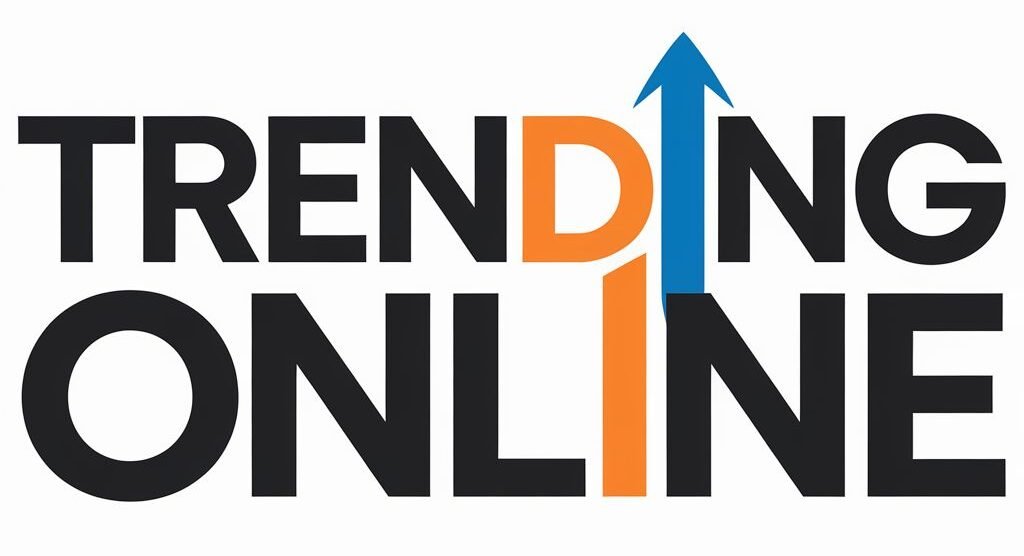Putin’s push for ‘patriotic’ wine leaves vodka on the rocks
Sofia Sorochinskaia
For its Victory Day parade in May, Moscow welcomed world leaders with wines from southern Russia and Crimea.
There’s no record of what China’s President Xi Jinping or his Brazilian counterpart Luiz Inácio Lula da Silva made of the wines, but their selection wasn’t accidental. In a meeting with Mikhail Razvozhayev, the governor of the biggest Crimean city, Sevastopol, President Vladimir Putin emphasized that “only Russian wines” had been served at the event marking the 80th anniversary of the defeat of Nazi Germany.
Wine production has jumped by a quarter since Russia’s full-scale invasion of Ukraine in February 2022, according to the International Organisation of Vine and Wine (OIV), an intergovernmental body that monitors global standards for wine production. Wine is a small sector of the Russian economy, but the business forms part of a broader patriotic effort employed by Putin to push for economic self-sufficiency as Moscow tries to both outwit Western sanctions and revive its economy.

Production is at its highest in a decade with over a third of the Russian wine coming from the Krasnodar region on the Black Sea. Domestic consumption has also increased, reaching 8.1 million hectoliters, or more than 1 billion bottles, in 2024.
In contrast, production of vodka, the drink most associated with Russia, dropped 26.3% to 760,000 hectoliters in the first two months of 2025, the lowest level in almost a decade, reported RBC, one of Russia’s largest private media groups.
But the growth in sales of homegrown wine is double-edged for Moscow. It also reflects the impact of sanctions which are keeping many Western wines off supermarket shelves and restaurant menus. Last year, Russia increased tariffs on wines from so-called “unfriendly” countries – a list drawn up in 2021 that includes the US and some of Europe’s top wine producers – doubling existing duties to 25%.
That’s pushed imported wines, which had been popular with Russians – such as Prosecco or Vinho Verde – into a more expensive price bracket, and forced consumers to turn to domestic alternatives, said Yaroslav Guryev, a 2023 finalist in Moscow’s Sommelier Cup, the annual wine-tasting competition. Imports fell by half in the first quarter of 2025, RIA Novosti, Russia’s state news agency, reported.
Simple, one of the country’s largest alcohol importers, told Bloomberg News that Russian wine now ranks second, behind only Italian, across all its domestic sales channels.
“Russian wines are now in places where they weren’t before,” said Mikhail Nikolaev, head wine maker at Nikolaev & Sons, a family farm and winery in the Krasnodar region. “Awareness is growing.”
Nikolaev said the main advantage is that many Russian wines are similar in style to those from top regions like Northern Italy or France, but often at a lower cost. Government policies in recent years have also boosted awareness of domestic wine, he added. “As for people choosing them over imports, I don’t quite feel that yet.”
A phenomenon of “wine patriotism” is fueling these changes, said Denis Rudenko, a member of the Russian Sommelier Association. Some consumers now avoid wines from countries with strained relations with Russia, and others drink exclusively domestic wines as an act of political loyalty, Rudenko said.
To further boost sales, the government has proposed a “Russian Wine Shelf” quota requiring at least 20% of wines sold in retail outlets to be produced domestically. Some politicians have advocated an increase in the quota to between 30% and 40%. Putin also ordered regulatory reforms to ease land-use changes for vineyards, earlier this year.

Razvozhayev, the Sevastopol governor, said during his meeting with Putin that 738 million rubles ($9.5 million) has been allocated this year, with the support of the federal government, to expand vineyards in the Sevastopol region, and added that more money was being made available to build new wineries, plant vines, and develop tourism.
Crimea was Ukraine’s second-largest wine region in 2013, according to the country’s State Statistics Service. But after the Russian annexation a year later the US and EU imposed a full ban on the import of any goods from the peninsula, restricting markets for local winemakers to Russia. Moscow responded with bans on meat, dairy, fruit and vegetables from the EU, US and other states.
For Pavel Shvets – owner of the UPPA Winery in the Sevastopol region – annexation ended his dream of exporting his wine across Europe and the US, but he said: “The last few years we have seen a boom. The number of wine makers starting their projects here, the volume is incredible.”
But, he adds, there is a lot of uncertainty in Russia: “The market is very unstable and we don’t know what will happen tomorrow.”
Russia’s war-economy – which has boosted production in military-linked sectors, and initially led to record wage growth – has also played a role in the success of local wine producers.
Ironically, any lifting of Western sanctions and reopening of the market to more imported wines, in the event of the Ukraine war ending, could cause an upheaval for domestic producers. | Washington Post

